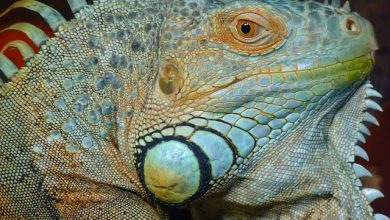What to Do If Your Reptile or Amphibian is Overweight

Animals kept in captivity are more likely to be overweight than their wild counterparts, and that extra weight isnât always good for their health and wellbeing. You can often tell by looking if your reptile or amphibian has put on the pounds and is a bit wider than before.
That being said, itâs not a bad idea to occasionally take out the animal and weigh it for a more accurate picture of their health. If your exotic pet is, in fact, overweight, there are steps you can take to help them get to a healthier weight. Keep in mind that being underweight is actually a bigger health concern, so you donât want to go too far to the other extreme.
Hereâs what you can do to balance your heavier petâs weight.
First, itâs not that big a deal
If your pet is overweight, itâs not a super big deal. Over time, extra weight can cause issues, but thatâs really only a concern if your pet has reached long-term obesity. In the short-term, extra weight means your animal is prepared to go longer between meals without being affected by lack of nutrients, and it has more insulation to stay warm.
Start by gradually reducing feedings
The solution to an overweight or obese reptile or amphibian is not to starve it. Your pet should still be getting regular meals so that itâs getting nutrients.
Most adult reptiles can go a fairly long time without food with no detrimental effects, so if, for instance, your snake is eating once a week, you can stretch it out to every ten days or every two weeks. Large species like boa constrictors should only eat every four to eight weeks if theyâre getting a sufficiently large meal.
You can also reduce the size of the meal provided.
Please keep in mind that the frequency of feedings varies greatly by species. Lizards tend to eat more frequently than snakes, and herbivores need to eat much more often than carnivores.
Increase enrichment and activity
Just like with humans, the healthy weight counterpart to a balanced diet is exercise. Many reptiles and amphibians tend not to be particularly active (though there are certainly those that are), but any animal with obesity or extra weight will benefit from more movement.
Meet the Obese Kingsnake! How Will We Help it Lose Weight? by GoHerping
The best way to encourage more movement is to take the animal out of its usual enclosure and put it into an open area. You can do this as often as every day, but as often as you are able is good. You can also provide more objects for the animal to climb and interact with in the terrarium.
If youâre curious how much your animal should be eating, you can check out The Tye-Dyed Iguana care sheets.



